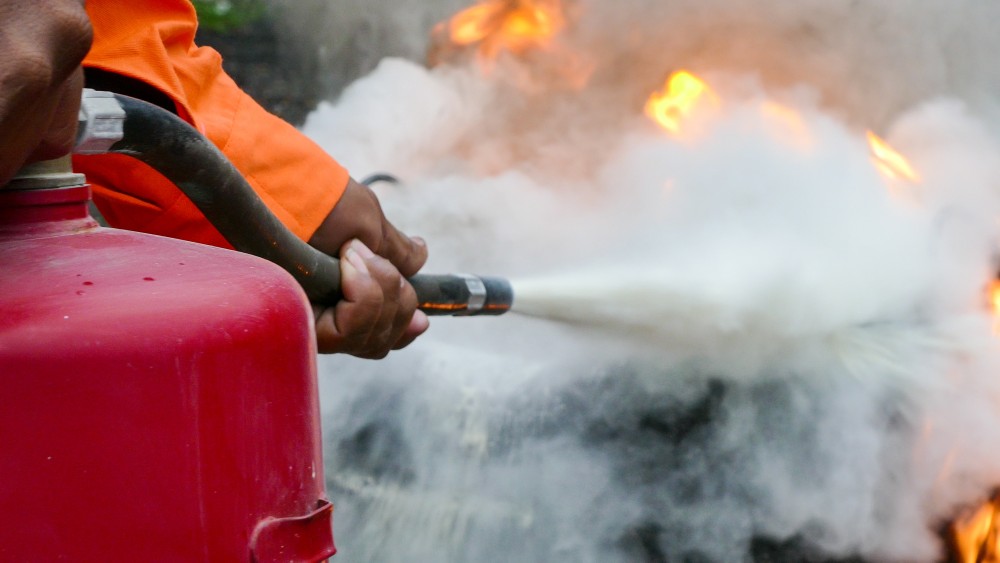For every company in Sydney the protection of fire isn’t just legal, but it is an essential element of keeping employees customers, property, and even the employees secure. Many of the hazards that can arise from the fire could be avoided or reduced with the correct safety measures. The combination of inspections of fires, electrical systems testing and tagging, and compliance with CFSP regulations all contribute to creating a safer work environment and ensuring that the business is in compliance with the Building Code of Australia and local standards of the council.

Why fire inspections are essential to safety
The first line of defense are fire inspections. These inspections ensure that all components of the building’s fire-protection systems are working and up to date. In Sydney all businesses have to conduct inspections every six or 12 months, based on building type and council regulations. The inspections can cover everything from sprinklers and fire alarm systems, to smoke detectors, hydrants, and extinguishers.
Inspections are essential because they can detect unnoticed problems before they become hazardous. In a situation of emergency the smallest flaws in a smoke detector, or the fire hydrant’s malfunction could appear insignificant. Businesses that regularly check their fire hydrants are meeting their legal requirements and taking precautions against unexpected disasters.
Electrical risks that are not obvious can be identified by conducting tests and labeling
Electrical systems are among the leading cause of workplace fires, this is the reason why testing and tagging must always be a part of any fire safety plan. The procedure involves examining electrical equipment for safety, functionality and compliance, after which attaching a tag to indicate that the equipment has been inspected. For a lot of businesses it’s more than a routine requirement it is a safeguard against potential risks that are often unnoticed.
A faulty appliance, old wiring or cables that are worn out can quickly become fire hazards If not properly checked. Through regular testing and tagging, companies reduce the likelihood of electrical problems that could cause fires. Employees also have confidence that their workplace is secure. This builds a sense of trust and confidence within the work place. In conjunction with tests, fire inspections and tagging is a comprehensive security plan to reduce risk on multiple fronts.
The job of CFSP in ensuring compliance and Certification
Only a Competent Fire Safety Professional (CFSP) who is located in New South Wales, can be a signer and certify important documents regarding fire safety, such as Annual Fire Safety Statements. The CFSP certification ensures that only experts with qualifications are qualified to review and verify the safety measures for fire. For business owners, working with a CFSP means that reports and inspections are not just standard paperwork but dependable evaluations conducted by experts.
The function of a CFSP extends beyond marking boxes. These experts evaluate the performance and condition of fire safety systems and prepare complete reports. They also make sure that the system is in that the system is in compliance with regulations. Companies that do not have CFSP certification run the risk of legal repercussions, fines or even closure if fire safety measures are deemed inadequate. The use of professionals who are certified will ensure that the fire safety system is in place correct and that all compliance requirements are met.
The Fire Safety Act: A Lifetime Commitment
The safety of your fire system is an ongoing obligation for every business owner. Regular inspections and testing of electrical equipment, together with proper certification through CFSP and CFSP, create a security cycle that is never ending. Beyond ensuring compliance with the law and promoting a workplace culture of safety. Employees feel more secure in the knowledge that clear evacuation plans, smoke alarms emergency lighting and a fire suppression are all in place.
Treating fire safety as a continuous process rather than a yearly checkbox not only reduces risks but also strengthens a business’s reputation. When safety is the top priority customers and clients are assured of their safety. In the long term, investing in fire protection that is proactive saves costs by avoiding costly damages such as fines, legal disputes, while safeguarding the lives of everyone who enters the building.
Conclusion
Sydney fire safety needs an approach that is multilayered, which includes fire inspections and testing tags and certifications by an CFSP. Each element play a crucial role in helping businesses comply with regulations, but more importantly in securing the lives of people and property. When safety becomes a consistent part of operations rather than as a secondary consideration, businesses will are not only able to meet their legal obligations, they also create a safer and more resilient environment for the future.
